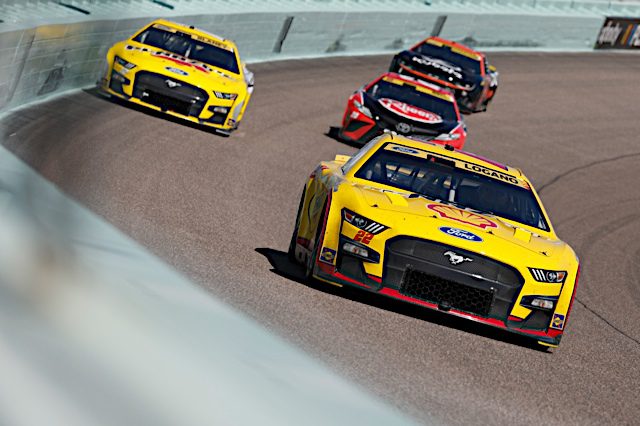Editor’s Note: This article on how NASCAR races work is posted in collaboration with an outside sponsorship client. The opinions and information contained within do not necessarily represent Frontstretch and its staff.
NASCAR is a spectacular stock car competition, the most popular racing series in North America. In this article, we will tell you more about this premier series, mostly focused on oval tracks, and what makes it different from other popular racing series across the world.
A spectator accustomed to classic tracks, a fan of Formula 1 or the World Touring Car Championship, does not take NASCAR seriously at first sight. “What could be easier – turn in one direction!” that fan might say.
It’s a common misconception due to the fact European spectators rarely go to oval tracks. There are only a few such tracks in Europe, and they are most often left idle as fans flock to the road courses designed for F1. For example, the British track Rockingham Motor Speedway was used in an oval configuration only in the early 2000s, when it hosted the races of the now-defunct American Champ Car series. In 2022, the speedway is now operated in a different form; only a small section of the oval track is suitable for European racing.
The peculiarity of the oval track really lies in the fact that you only need to turn in one direction. But in reality, that’s no easier than constantly shifting the car from side to side. To move along the oval, peculiar settings are required, differentiating it from your typical open-wheel vehicle. The suspension is made asymmetrical, creating a difference between both the sides of the car, and the front and rear axles. Since oval tracks have a slope of the roadway from the sides to the center, you need to construct the car a certain way in order for it to have more grip.
One such example of how a NASCAR oval puts maximum load on stock cars is Bristol Motor Speedway, commonly known as Thunder Valley in American motorsport. In Bristol, the banking reaches 30 degrees in corners and 10 on the straightaways; thus, vehicle tilt compensation is required. If you don’t have the opportunity to watch the competition live, you can experience the thrill from the comfort of your home – for example, play at the legal Canadian Hell Spin Casino.
At the same time, the combination of forces (including centrifugal) constantly strive to bring the car to the outer radius, while the inner radius is more advantageous for…
Click Here to Read the Full Original Article at Frontstretch…

